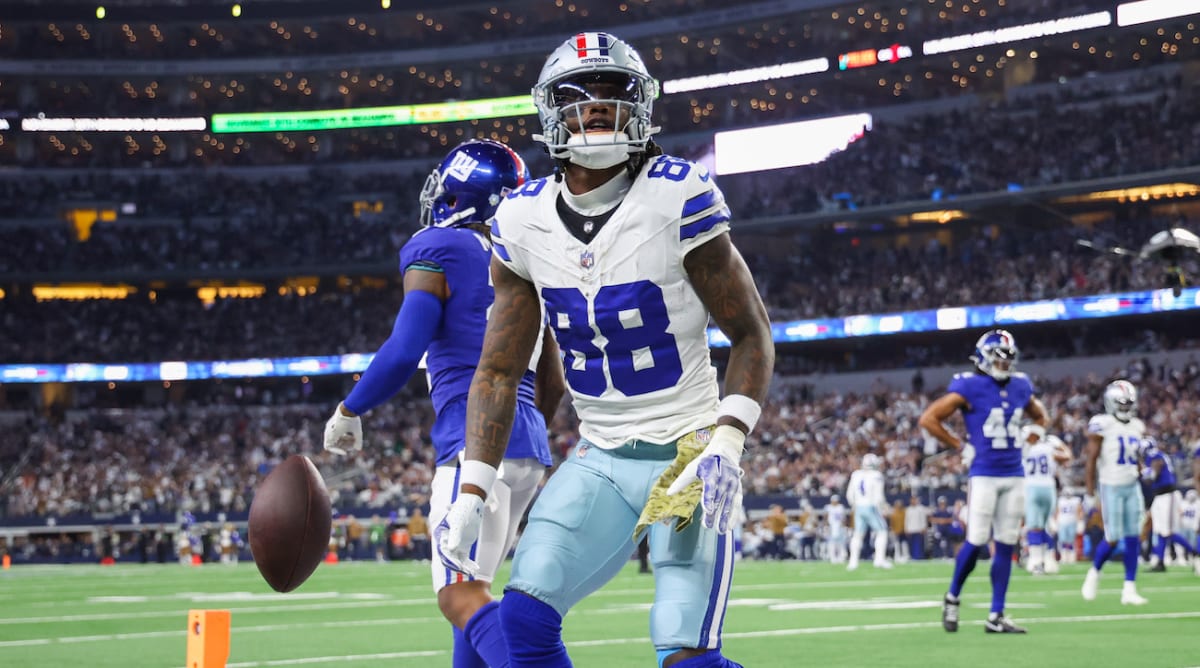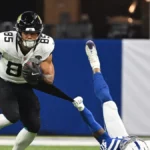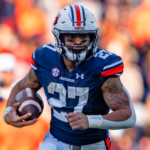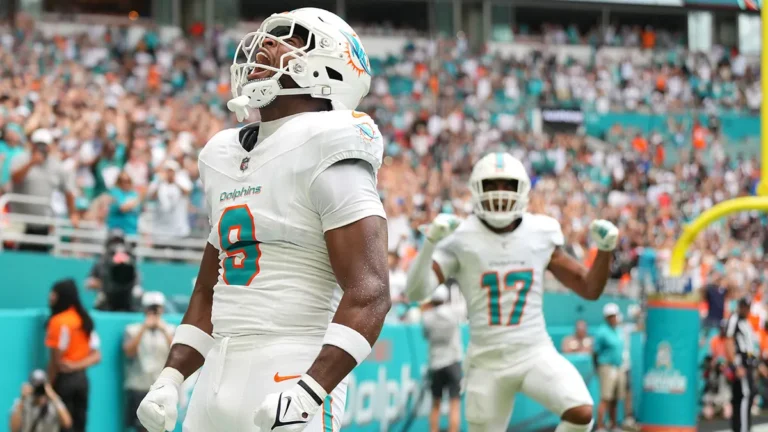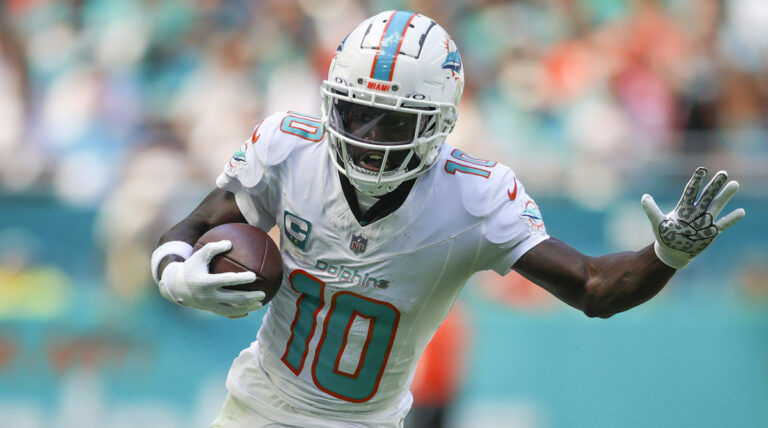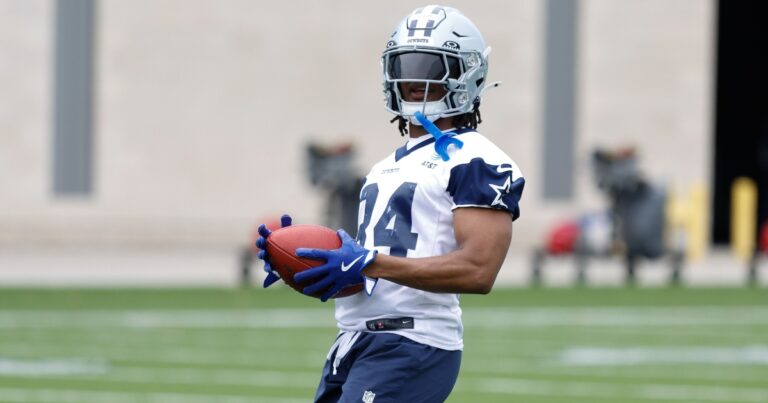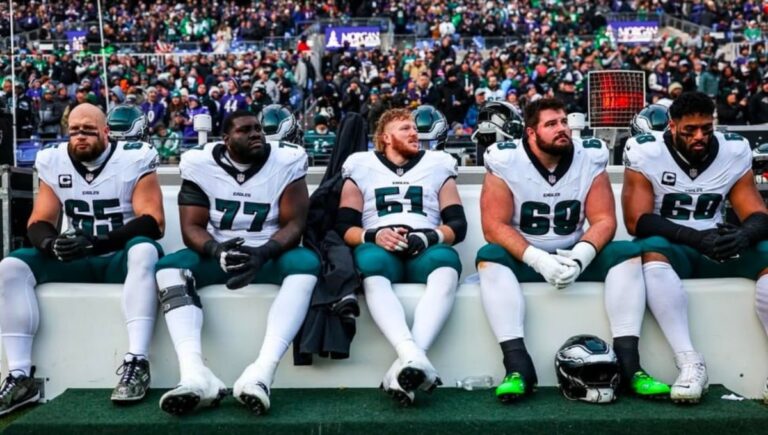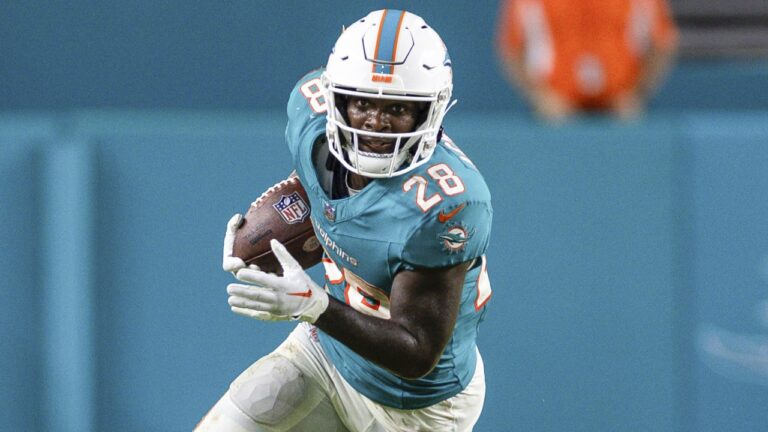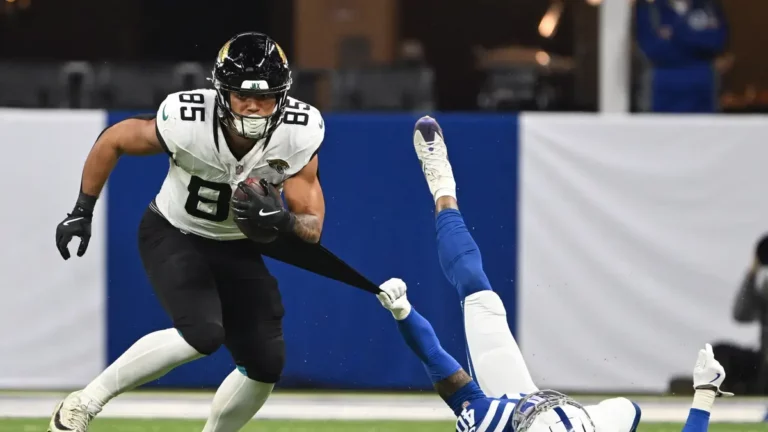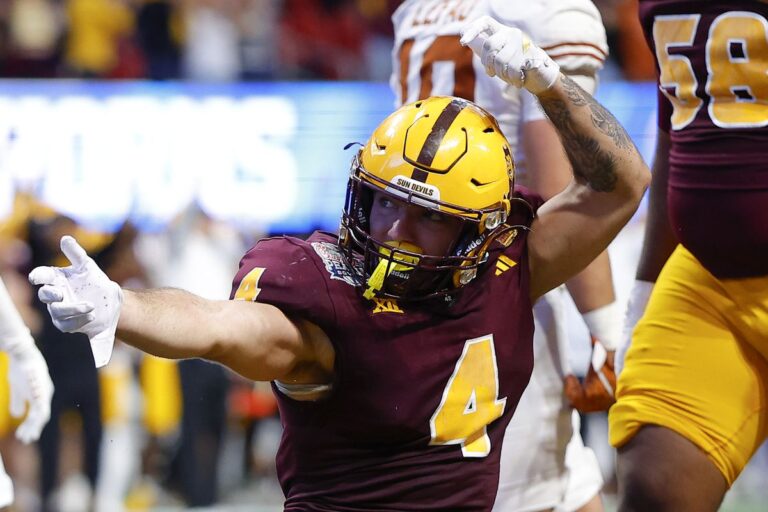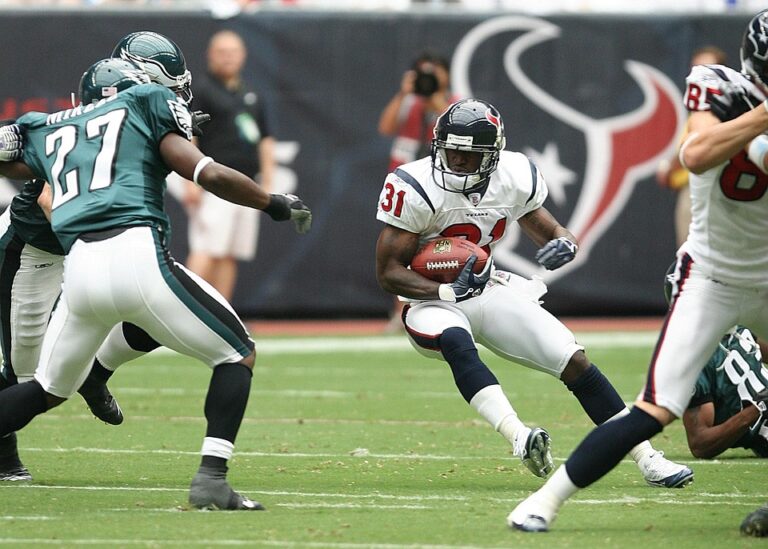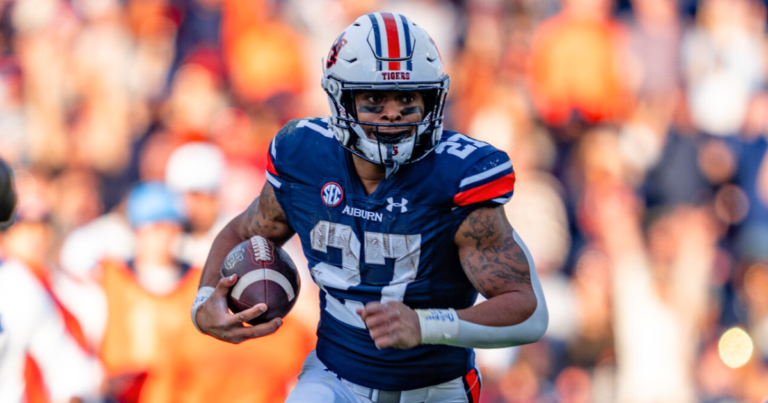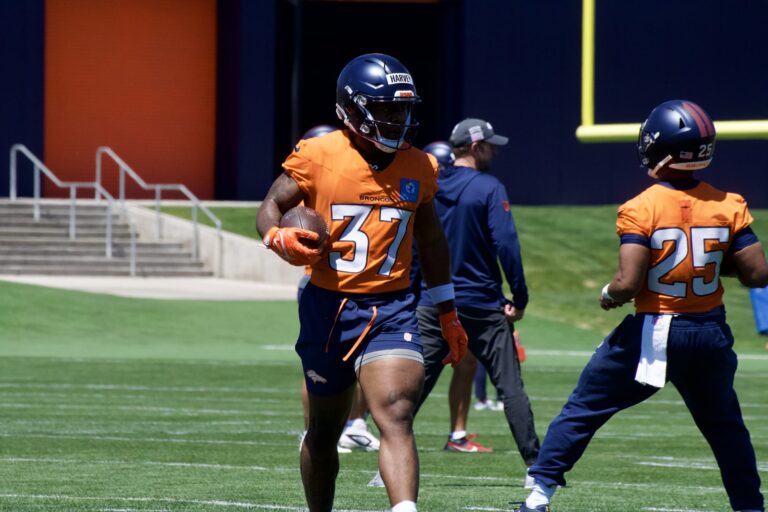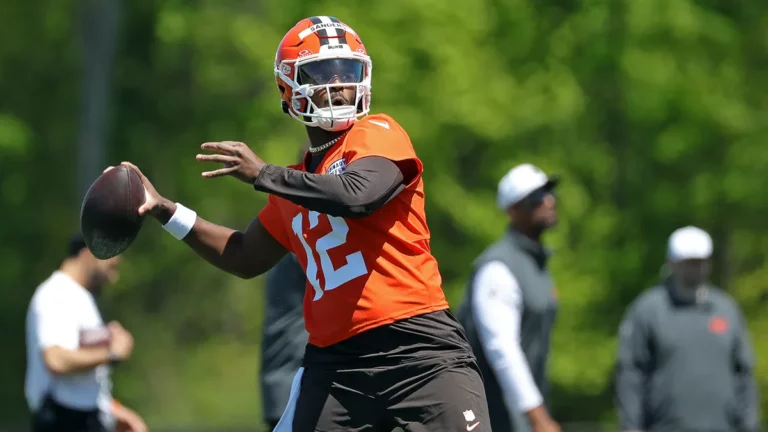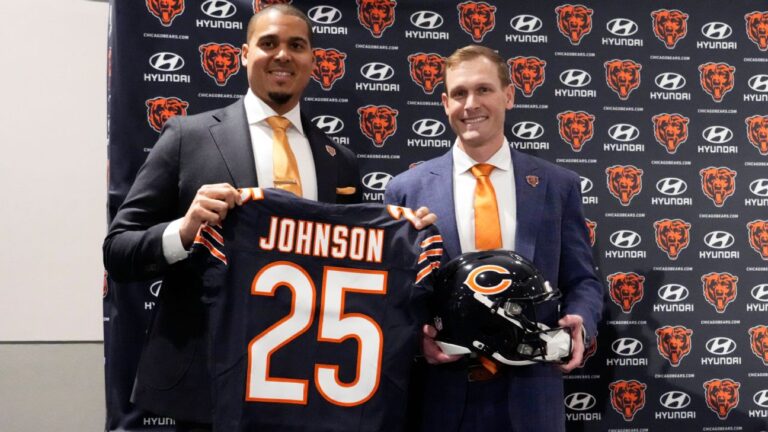Are you ready to shake things up in your dynasty fantasy football league? While redraft leagues are the most popular and accessible formats, sometimes a fresh challenge is exactly what you need.
This article introduces an exciting and strategic format many players have yet to try: a dynasty auction fantasy football draft. Dive in to learn how this innovative approach can add a whole new level of excitement and strategy to your fantasy football experience.
What is a Dynasty Auction Fantasy Football Draft?
A dynasty auction is just that. A dynasty fantasy football league where you retain your entire roster year over year. The main change is how the inaugural draft is conducted, as well as subsequent rookie drafts. Instead of your typical snake draft, league owners take turns nominating players while using their set budget to build a roster. In this format, you are truly free to build your team however you like.
Justin Jefferson and Ceedee Lamb? You can do it. Just be prepared to have Eric Gray as your starting running back. This inaugural budget of FAAB dollars will function as both your draft and in-season free agent pool of funds until the following off-season. This adds another layer of strategy on whether to go all-out at the draft or save a few dollars for that Week 1 Kevin Ogletree breakout.
Requirements, Settings & Setup
Given the dynasty format, there is more emphasis on initial setup and preparation to ensure the optimal experience. Some helpful tips and setup options are:
- Entry fee
- Each owner pays their entry fee. However, with the inaugural buy-in, it’s recommended that each owner also pay 50% of the following season’s entry fee. This helps league owners consistency and gives incentive to stay in the league for multiple seasons.
- Settings
- Based on personal experience, a 12-team league with three divisions is the most optimal setup, with realignment happening every 2 or 3 seasons. This ensures fair competition and prevents teams from going against the same juggernaut teams each year. Adding an extra flex slot or 2 to the starting lineup also adds a layer of strategy in team building.
- FAAB budget
- The FAAB budget is where this league format starts to differentiate itself. Managing your bankroll year over year for the upcoming rookie auction and in-season waiver adds is a balancing act that makes for some extremely fun trades. Speaking of trades, FAAB dollars are also a tradeable asset. You’ll need a good commissioner (or 2) to help track this year in and year out for all owners, but is surely worth it. Are you a last-place team that has Saquon Barkley on your squad? You can trade him to a playoff chaser mid-season for a chunk of FAAB dollars to load up on Jonathan Brooks and Caleb Williams in the upcoming rookie auction. Weighing the known commodities of current NFL players vs. going all-in for Marvin Harrison Jr. with FAAB is an adrenaline rush unrivaled by standard redraft leagues. Another small wrinkle is awarding a small (approximately 20%) and additional FAAB dollars to the non-playoff teams each off-season cycle. This helps league parity and keeps it competitive.
Strategy
In a home league using this setup, I have found that the productive struggle approach is the most fun way to stay competitive while also having a bite at some of the rookies in each year’s draft. Moving players a year early before a year too late is the most important aspect of team building and maintenance.
Some recent trades have seen the likes of Josh Jacobs after his monstrous 2022 season being dealt for boring assets like Diontae Johnson paired with FAAB dollars to help deepen a roster with the likes of Rashee Rice and Zach Charbonnet via the rookie auction.
Every league owner values their FAAB budget wildly differently when considering their current competitive state, which makes every off-season interesting with the potential for a blockbuster trade. Whether you’re at the top or the bottom of the standings, there is a potential trade partner for you to help improve your team in the short or long term.
Where to Play
With fantasy football at a fever pitch, there is no shortage of platforms to host your league.
Fleaflicker offers good flexibility and setup options, and so does Sleeper. The Fleaflicker app also clearly shows each team’s current FAAB budget as part of the league standings page and enables the ability to name and re-align divisions at will. Commissioners are also free to edit FAAB budgets when trades involve this piece of your squad. With a good commissioner at the helm, you can leverage more user-friendly platforms like Yahoo to host the annual rookie auctions.
We need @SleeperHQ to set up a slow auction function to solidify itself as the best dynasty app, once and for all
— Dynasty Zoltan (Mike Garai) (@DynastyZoltanFF) May 29, 2024
With an equivalent of only three to four rounds worth of players each rookie draft cycle, it’s much easier to find a couple of hours to have an in-person draft party each year. There is nothing in fantasy football quite like the rush of entering a bidding war with one or two other teams over Malik Nabers for the chance to roster a WR1 for the next half dozen seasons. Elect the person with the least amount of FAAB dollars to serve as emcee to help keep things moving along. This is easily the best draft experience I’ve had in my fantasy football playing career.
Summary
In closing, if you’ve lost the fun factor or are burnt out on fantasy football over the past couple of seasons (blasphemy, I say), you owe it to yourself, your friends, and your family to give this dynasty auction format a chance.
The rush and fun factor of an auction is unrivaled by standard redraft formats, and everyone should try it at least for a season. Once you’ve participated in an auction, you’ll never return to redraft setups. Give it a try.
